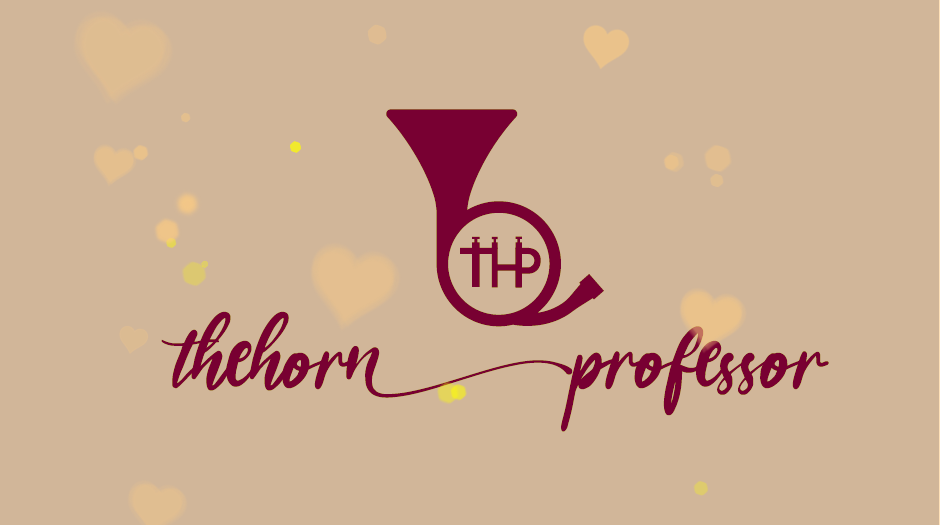goin’ to the shed (part 1)
Every player is faced with the not-very-exciting fact that they must spend time alone with the horn, music, and various tools to help (tuner, metronome, pencils, music we can’t yet play…).
Practice. UGGHH
Do you love to practice?
You might be among the few, although I personally have to come to love practicing.
It is a mindset. Practicing is musical meditation, self reflection and self improvement, and permission (an invitation, really) to be completely self centered.
I think one reason many of us don’t relish the idea of sitting alone for hours is that we don’t know what to do and how to do it.
There are many tried and true variations on practicing. I would like to offer a few extra ideas that I have used over the years that have really helped the efficiency of the time that I spend practicing (true confession: many of the things that I teach now I have picked up over the years from various lessons, masterclasses, articles, and the combination of these resources of learning with my own need to try new solutions- “new pedagogy” is probably a misnomer for anyone).
Efficiency and the sense of accomplishment are necessities of liking to practice.
When I was a young player I thought the only way to get a tricky technical passage better was to slow the metronome WAY down, play it correctly and then speed up the metronome a few clicks at a time. There are certainly occasions (I’ll mention later) where this still seems to be the best solution.
But it can take a really long time.
Sometimes, quite frankly, I do not have time to do that. I need results FAST. Sometimes the technical passage in question may not even be an issue of finger speed, but a particularly awkward passage of notes or intervals. Either way, the rate of improvement must exceed the rate of steady, disciplined metronomic increase.
So, what do I do?
I play the passage on which I’m working at tempo, or almost at tempo, but I change the rhythm. I will put straight eighths or sixteenths into a dotted rhythm, or triplet to imply swing, and play it that way many times. Then, I reverse the dotted figure so that it is opposite. If I have straight eighths, I make them dotted eighths and sixteenths before reversing to the sixteenth on the front side of the eighth notes.
I have just practiced all of the notes in my difficult passage in a new (far more difficult) way, breaking through the paralysis my brain and fingers may have felt before. I have played all of the notes closer together, ergo faster, but in different groupings.
I had to focus on everything from a different angle. Try this and you may find, as I do, that the printed version is much, much easier.
A second creative approach to any challenge in music is to write something to help you (as in make something up).
Many times when teaching, a problem must be solved on the fly. There is likely a book, etude, exercise, treatise, or otherwise about nearly every single measure of horn literature ever written, but teaching doesn’t allow for time to dig it out (nor the budget to support such a library).
I am a fan of turning difficult things INTO exercises. If I can play the figure higher, lower, faster, slower, with different rhythms, and even in different octaves or otherwise transposed, then the printed version should be a piece of cake.
The philosophy here, once again, is to create a different problem (*cough*…solution) and to help the brain switch gears away from the music on the page. Choose a section that is problematic and compose a four-line exercise out of it.
For example, let’s suppose that the struggle surrounds the opening fanfare of Strauss’ 1st Horn Concerto. This is an extremely familiar statement. What are the givens? I.e., what do I know? It’s a dotted rhythm over the complete triad of a B-flat triad before resolving into an octave F major tonality. I also know that I have to be able to move accurately within the span of 2 complete octaves. I can write an exercise based on that motive that repetitively tackles the rhythm and range, but perhaps goes a little higher (horn in F#, G, A, etc), a little lower (horn in E, Eb, D, etc.), and reverses that rhythm as mentioned before.
Give some of these ideas a try - you may be surprised at how music improves while you are engaged and shifting your mind a bit.
You may even enjoy it *gasp*
As the famous screenwriter and film critic Jean Luc Godard said, “It's not where you take things from — it's where you take them to.”


